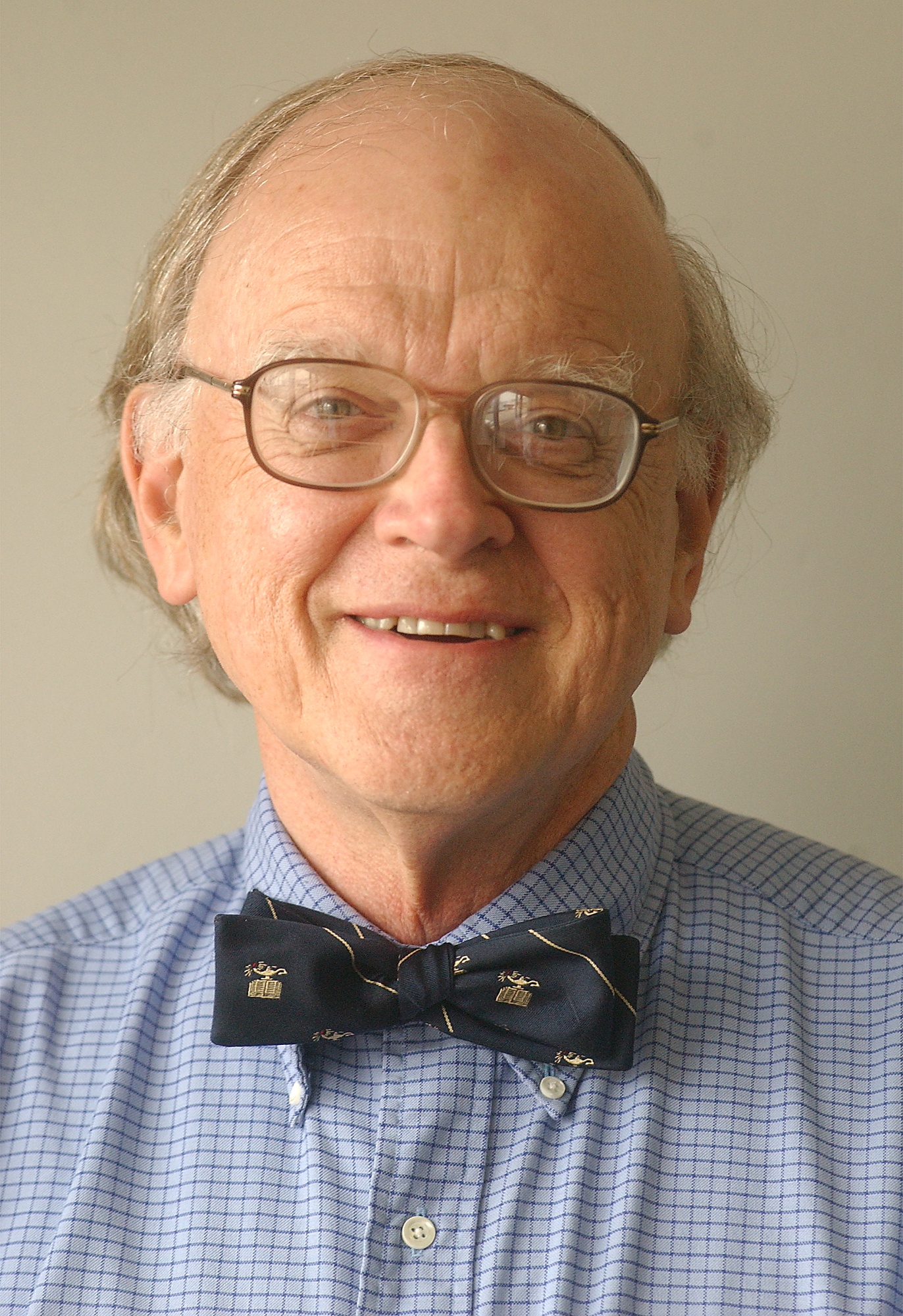This year marks the 75th anniversary of the farewell speech that all-time great first baseman Lou Gehrig delivered at Yankee Stadium. Gehrig benched himself on May 2, 1939, after playing in 2,130 consecutive games. Progressive weakness and diminished coordination were compromising his remarkable skills at the plate.
In June of that year, physicians at Mayo Clinic made the diagnosis of amyotrophic lateral sclerosis (ALS). On July 4, 1939, Gehrig addressed a packed stadium between games of a double header against the Washington Senators. "Today I consider myself the luckiest man on the face of the Earth ...," he said.
The Yankees retired his uniform No. 4. In December 1939, he was elected to baseball's Hall of Fame. He died at home the following June at age 37. ALS has been dubbed Lou Gehrig's disease from the time of his farewell. I do not know of any other disease that bears the name of a famous victim.
ALS is an uncommon, rapidly progressive, incurable degenerative disease that affects the nerve cells in the brain and spinal cord that direct the actions of voluntary muscles. When nerve cells in the brain are affected, muscle spasms and hyperactive reflexes result. Death of cells in the spinal cord leads to weakness and clumsiness. Breathing may become impaired as muscles in the chest wall and diaphragm are affected. Difficulty swallowing follows involvement of muscles in the throat. Speech may be lost.
More than 90 percent of cases occur randomly; five to 10 percent occur in families. Specific mutations or changes in genes have been identified in half of inherited cases.
Most times, the disease strikes between the ages 40 and 60. Men are slightly more likely to be affected in this age range.
Most patients with ALS die within three to five years of diagnosis, usually due to respiratory failure.
The incidence of ALS in the U.S. is two cases per 100,000 people. About 5,600 new cases are diagnosed each year. In contrast, 60,000 new cases of Parkinson's disease are identified each year in the U.S. More than 30,000 Americans with ALS are alive at any time.
Risk factors for ALS include smoking, which doubles the risk, and head or spinal trauma. An increased incidence has been seen in military veterans who served in the 1991 war with Iraq, which raises the possibility of a toxin to which soldiers were exposed.
Initial symptoms are nonspecific. Focal, spontaneous muscle twitches may occur. Unusual tiredness or clumsiness may hamper daily activities. Detailed studies of muscle and nerve function, along with lab studies, are used to distinguish ALS from other disorders that may cause similar symptoms
Treatment is largely supportive, with physical and occupational therapy playing key roles. Nutritional support is crucial when swallowing falters. A feeding tube may be necessary. Impaired breathing may require assist devices or full-time ventilator support.
One drug, Riluzole, has been approved by the Food and Drug Administration specifically for ALS patients. It may extend life by a few months, especially in patients who have difficulty swallowing.
Research continues in multiple university medical centers into epidemiology (disease patterns), possible environmental factors, and inherited risks. Other studies focus upon the mechanism by which motor neurons are damaged. The ALS Association (www.alsa.org) is a driving force in raising and disbursing funds for research (28 per cent of 2013 budget), patient services, and education of patients, care-givers and physicians.
The Ice Bucket Challenge which has swept the nation has raised more than $100 million for ALSA since the campaign was launched. This compares with $2.8 million raised in the same interval last year. In addition to the financial windfall, the challenge has raised awareness of ALS.
How will ALSA utilize a burst of support that is unlikely to be repeated? Hopefully, the organization will publicize how the new money will be used.
Is this the best way to raise money for medical research? Would a broader campaign to support research into all movement disorders have been more appropriate? There are many chronic neurological diseases for which we need better understanding and therapies. Consider Parkinson's disease, multiple sclerosis, Alzheimer's and seizure disorders. Think of mental health and illness and all that we need to learn in this regard.
We could be overwhelmed if every disease-specific foundation undertook gimmicky campaigns.
Americans are generous in their support of health campaigns. We must trust that this generosity is not misused.
Contact Clif Cleaveland at cleaveland1000@comcast.net.

